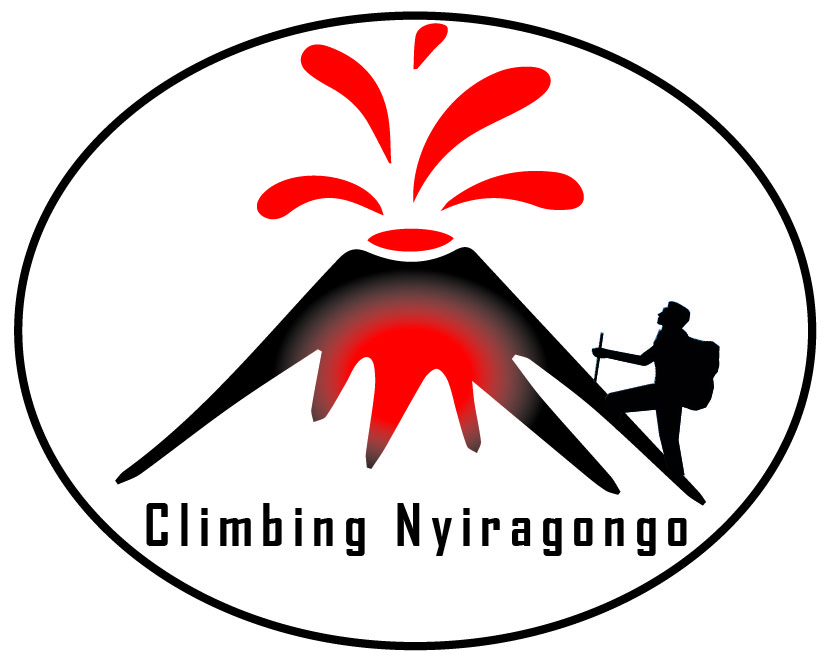Idjwi island
Idjwi island
Africas most forgotten island
Idjwi, or Ijwi, is an inland island in Lake Kivu belonging to the DRC, forms part of South Kivu Province in the Democratic Republic of the Congo. It has an area of 340 sq km, length of 70km making it the the second-largest lake island in Africa and the tenth largest in the world.
The population of Idjwi Island is estimated to be around 300,000 people. The majority of the inhabitants are Bantu-speaking people, mainly from the Bashi and Banyamulenge ethnic groups.
Its economy is primarily based on agriculture and fishing. The fertile volcanic soil on the island supports the cultivation of a variety of crops, including coffee, bananas, beans, and potatoes. Fishing is also an important economic activity, with many residents relying on the lake for their livelihoods.
Idjwi Island has limited infrastructure and access to basic services. There are no paved roads on the island, and transportation is mainly done by foot or by boat. Electricity and clean water supply are also scarce, posing challenges to the island’s development and the well-being of its inhabitants.
Activities here
Relaxation and Beaches: Idjwi Island has several sandy beaches along its shoreline. Visitors can unwind, swim, or sunbathe on the beaches, enjoying the tranquil atmosphere and the refreshing waters of Lake Kivu.
Canoeing and Boating: Lake Kivu offers opportunities for canoeing and boating activities. You can rent a canoe or a small boat and explore the lake’s waters, enjoying the serenity and scenic beauty of the surroundings.
Fishing: Fishing is a significant economic activity on Idjwi Island, and visitors can experience the local fishing culture firsthand. You can join local fishermen on their boats, learn traditional fishing techniques, and even try your hand at catching fish in Lake Kivu.
More activities include visiting local plantations including one of the largest pineapple farms, taking a village stroll, interacting with residents, viewing birds and swimming.
Accomodation
Guesthouses: There are guesthouses available on Idjwi Island, offering simple rooms for visitors. These guesthouses often have shared bathroom facilities and may provide meals upon request. They are usually owned and operated by local residents.
Lodges and Eco-Camps: There are a few small lodges and eco-camps on Idjwi Island that cater to tourists. These accommodations offer basic rooms or cottages with private or shared facilities. They may provide meals and organize activities such as hiking, fishing, and cultural experiences.
Home stays: Another option for accommodation on Idjwi Island is to arrange a home stay with local families. This allows visitors to experience the island’s culture and daily life firsthand. Home stays may provide a more authentic and immersive experience, but it’s important to note that the amenities and facilities can be quite basic.
How to get to the island
From Goma (DRC): Goma is the nearest major city in the DRC. You can reach Goma by flying into Goma International Airport or traveling by road from other parts of the country. From Goma, you can take a boat or ferry from the Goma Port to reach Idjwi Island. The boat journey takes several hours, and the frequency of departures may vary, so it’s advisable to check the schedule in advance.
From Kibuye (Rwanda): Kibuye is a town located on the Rwandan side of Lake Kivu, and it is a common starting point for reaching Idjwi Island. From Kigali, the capital of Rwanda, you can take a bus or hire a private vehicle to reach Kibuye. Once in Kibuye, you can take a boat or ferry from the Kibuye Port to Idjwi Island.
best Time to Visit:
The best time to visit Idjwi Island is during the dry season, which typically runs from June to September. During this time, the weather is generally pleasant, with less rainfall and lower humidity. The dry season also makes transportation on the lake more reliable and accessible.
However, it’s important to note that Idjwi Island can be visited year-round. The island’s location at a high elevation moderates the temperature, and it can experience rain showers even during the dry season.
